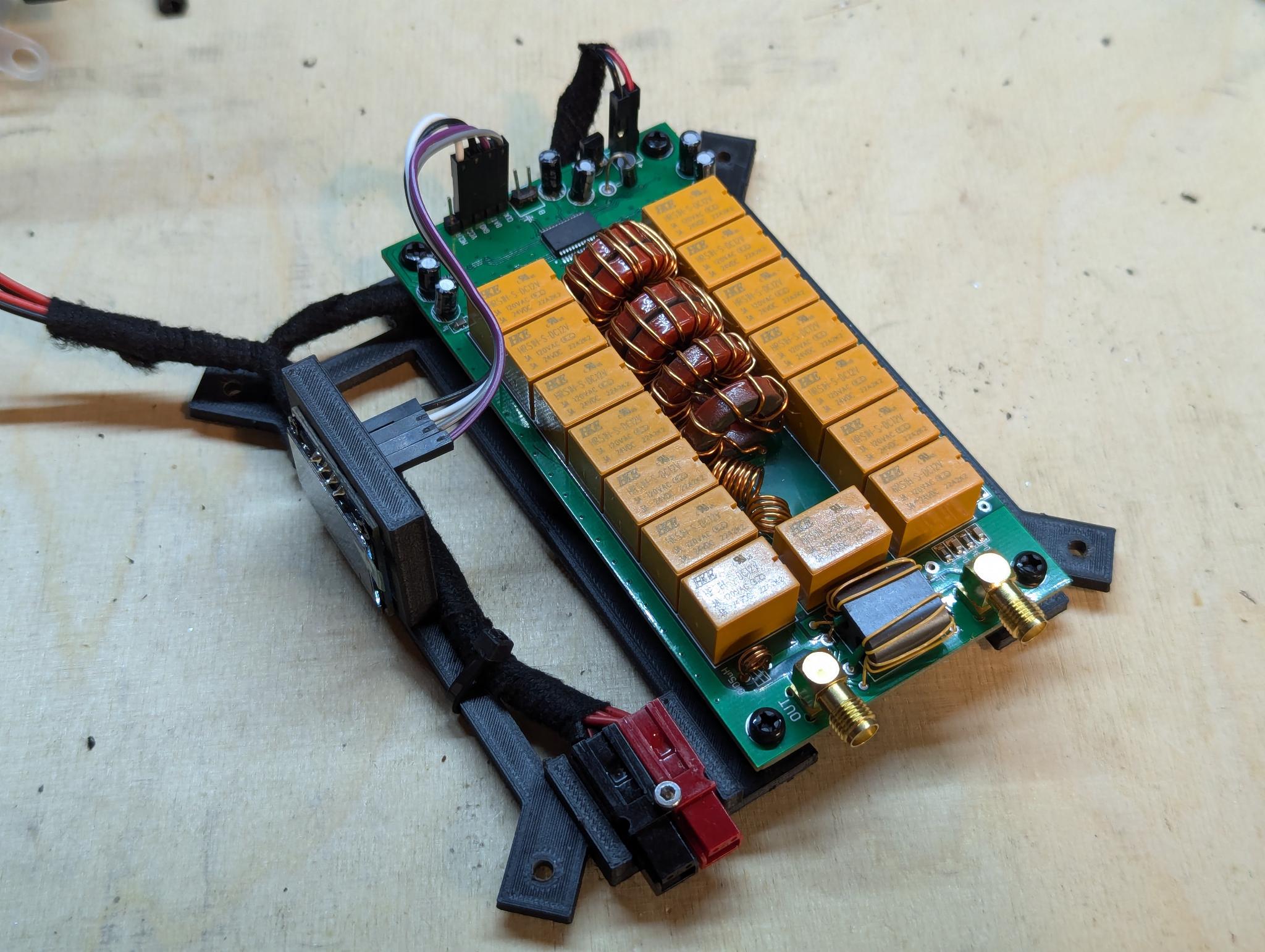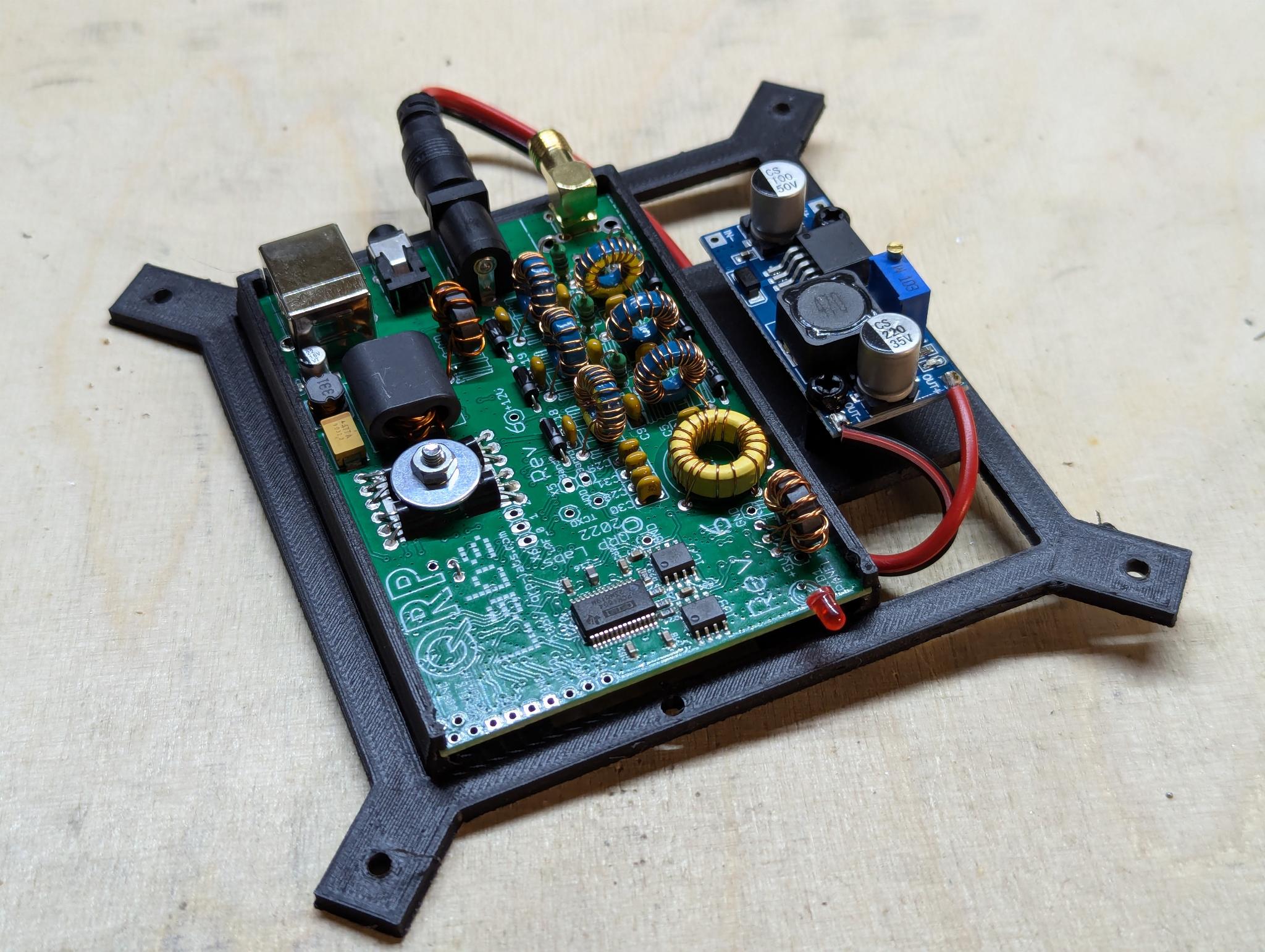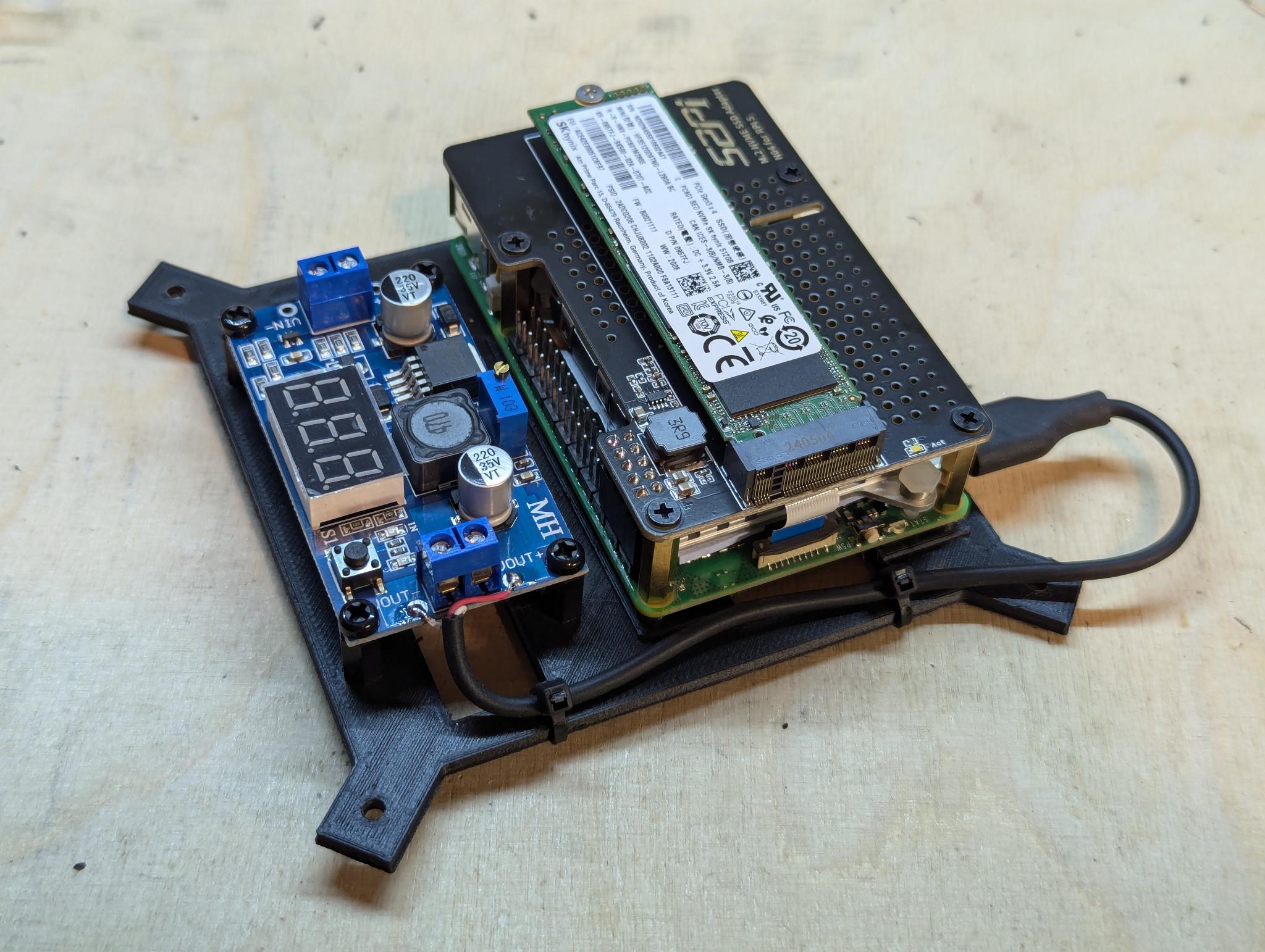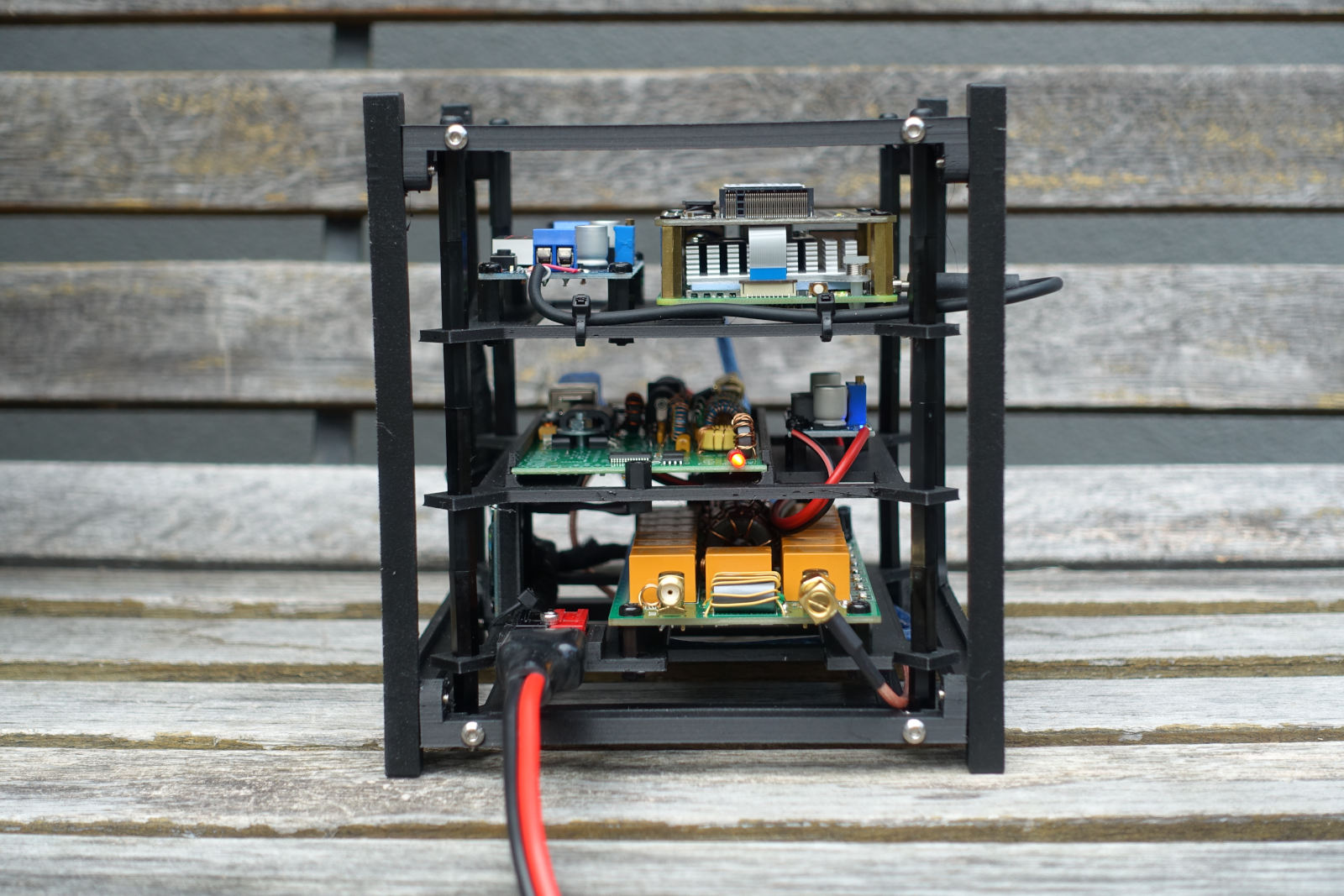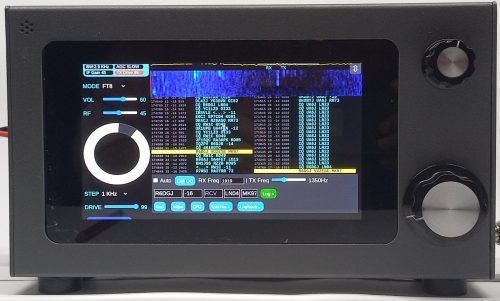Bist du auch neben der QRG?
Kartäuser Kloster im Valsainte. Etwa eine Stunde Fussmarsch von meinem QTH entfernt.
Dass ältere VHF/UHF-Transceiver neben der angezeigten Frequenz sind, kommt oft vor. Viele haben nicht einmal einen TCXO als Referenzoszillator eingebaut. Oder der OM hat die Kosten für diese Option gescheut. Es ist auch nicht jedermanns Sache, das Gerät zu öffnen, den richtigen Trimmer zu finden und die Frequenz einzustellen.
Doch bei neuen Geräten wie dem Icom IC-9700 bin ich oft erstaunt, dass diese neben der QRG funken. Im 2m Band und in FM kann man noch darüber hinweg sehen. Doch auf dem 70cm Band verdreifacht sich die Frequenzabweichung bereits und auf 23cm ist man dann schon um ein Neunfaches daneben. Eine einfache Abhilfe würde der Anschluss eines GPS-Referenz Oszillators bringen. Doch manch einer sagt sich wohl: "Wegen ein bisschen daneben, gebe ich kein Geld aus. Dafür hat die Gegenstation einen RIT an der Kiste."
Doch die eigene "Kiste" wandert und mit der Zeit liegt man immer mehr neben der Sollfrequenz. Auch wenn man keinen GPS-Oszi vermag, ein einfacher Trick hilft, den IC-9700 wieder auf Linie zu bringen:
Dazu sucht man sich einen guten Bakensender. Die, die etwas auf sich halten, sind heutzutage GPS gesteuert und die Frequenz ist aufs Hertz genau. Hier in der Region ist es zum Beispiel die Bake in Bern auf 144.426 MHz. Die Wasserfallanzeige des IC-9700 wird dann auf "Center" gestellt und der "Span" aufs Minimum. Damit hat man ein Wasserfall-Fenster von +/- 2.5kHz. Die Skala zeigt zwar nur 500Hz Schritte, aber wenn man mit dem RIT die Bake auf Null stellt, kann man auf der RIT-Anzeige im Display immerhin auf 10Hz genau ablesen, wie weit man neben der richtigen Frequenz liegt.
Korrigieren kann man den internen Referenzoszillator des IC-9700 über das Menu "Set" > "Function" und "Ref Adjust". Dort gibt es einen Grob- und einen Feinregler für die interne Referenz. Da muss man dann halt etwas hin und her probieren, bis man die Bake auf Null hat, da man den Wasserfall nicht gleichzeitig beobachten kann. Doch kaputt machen kann man an dem teuren Gerät nichts.
So, jetzt seid auch ihr wieder auf der richtigen Frequenz, sofern die Bake in eurer Nähe genau ist.
Sonst gibt es zurzeit wenig zu berichten - es herrscht Sommerflaute. Doch einige interessante Meldungen habe ich noch:
- Die legendären Schurr Morsetasten werden wieder fabriziert. Von Bergsiek
- Kenwood will einen neuen Mobil-Transceiver auf den Markt bringen
- Wisst ihr, dass auch der Mars eine Ionosphäre besitzt? Die NASA hat ein Propagation Handbook geschrieben für die Kommunikation auf der Marsoberfläche.
- Habt ihr euch schon gefragt, wieviel Power euer HF-Stecker verträgt? Hier kann man nachschauen!
- Und zum Schluss noch ein wunderbares Bild von "Roten Kobolden" (Red Sprites) die aus dem Himalaya Gebirge bis 100km in die Höhe schiessen!



.jpg)
.jpg)
 Time zones are a complicated but necessary evil. Humans like the numbers on the clock...
Time zones are a complicated but necessary evil. Humans like the numbers on the clock... 






 Read more at ARRL.org
Read more at ARRL.org 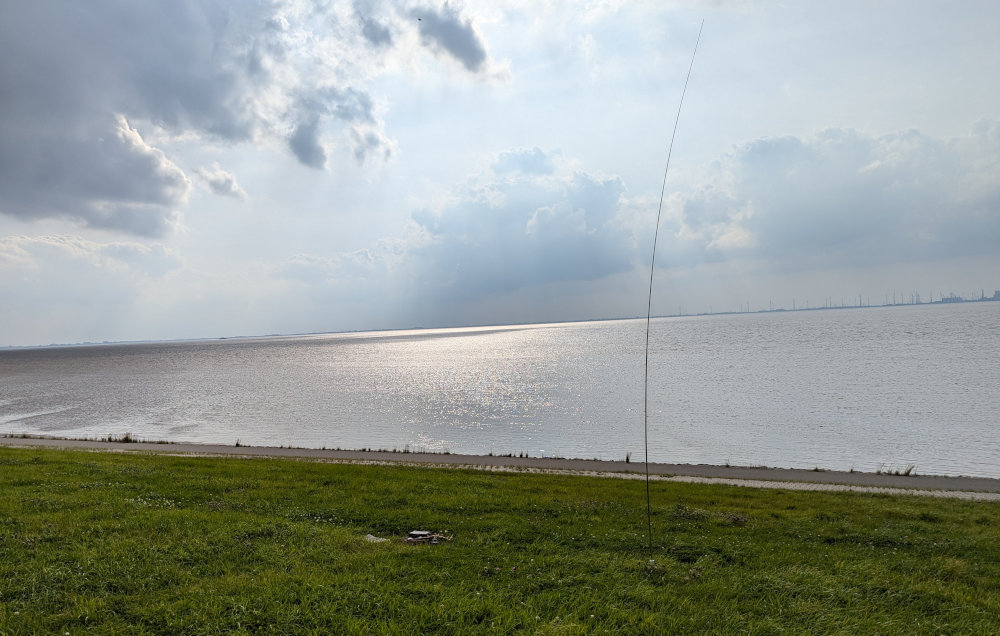
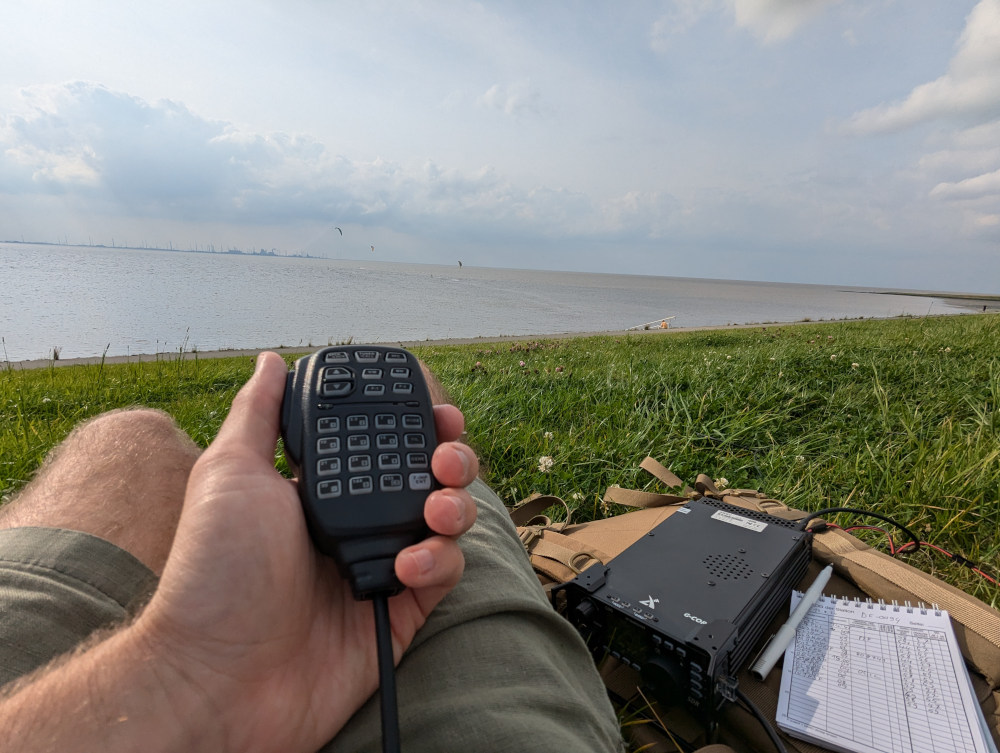
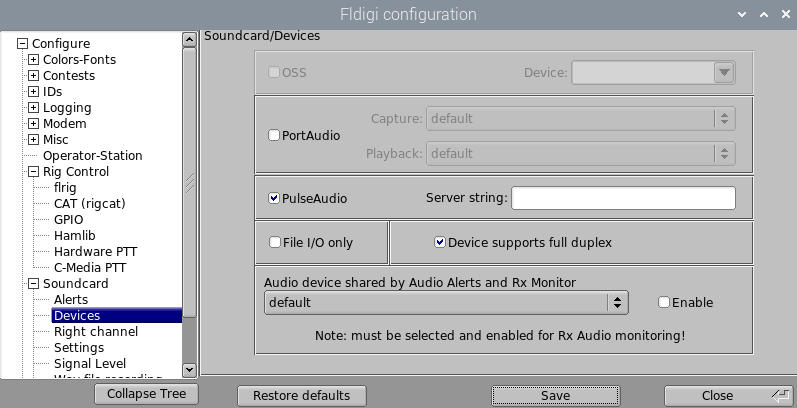
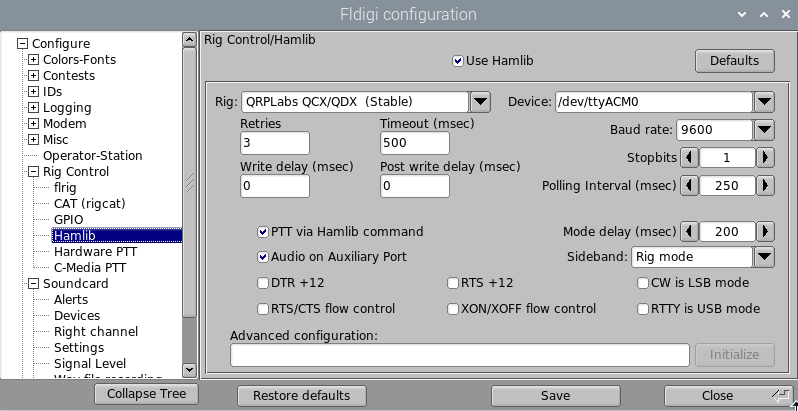
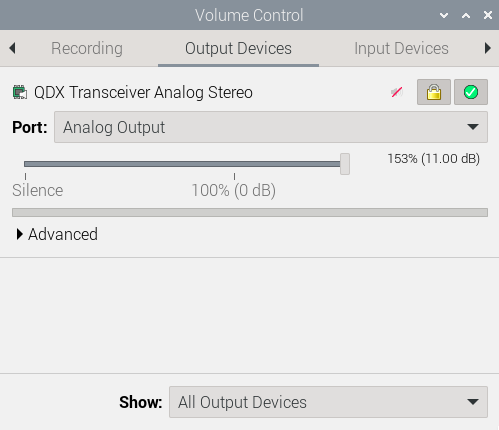
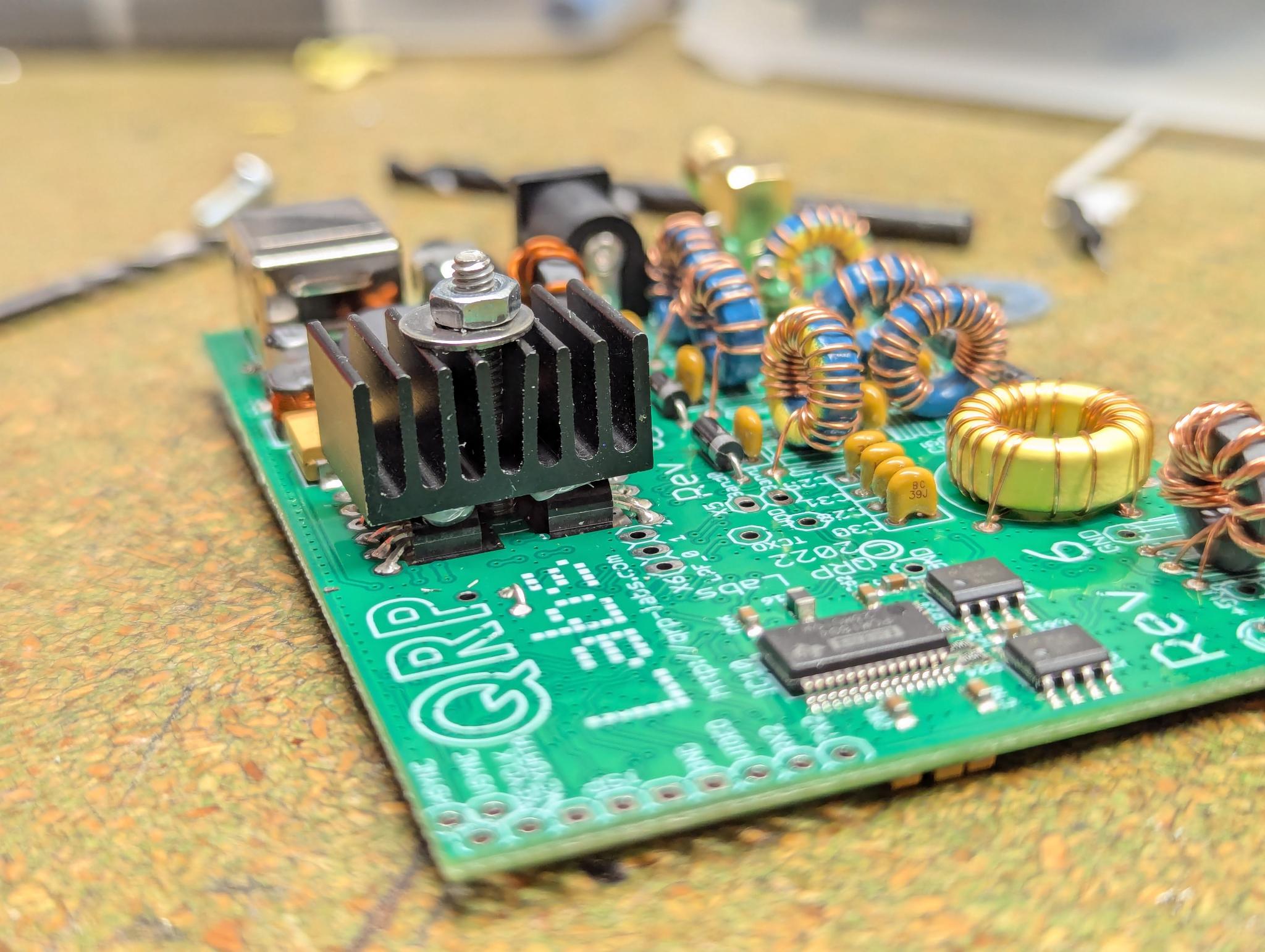 (Note: This picture shows the heat sink with the four BS170)
(Note: This picture shows the heat sink with the four BS170)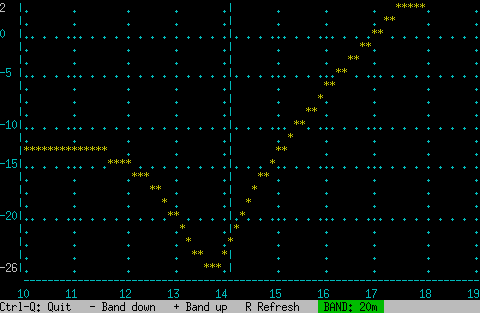
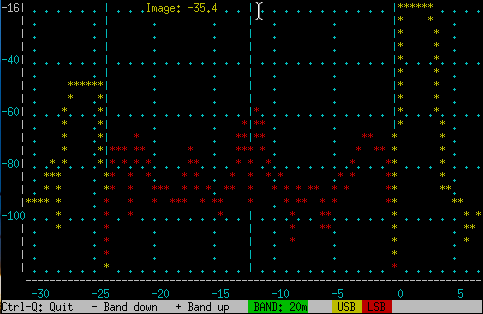
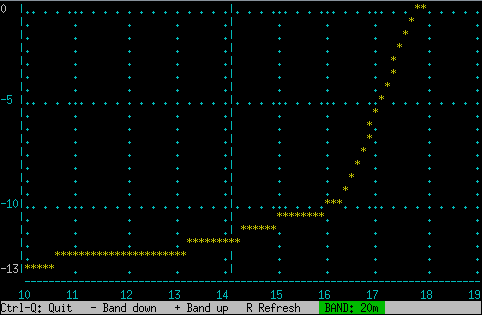
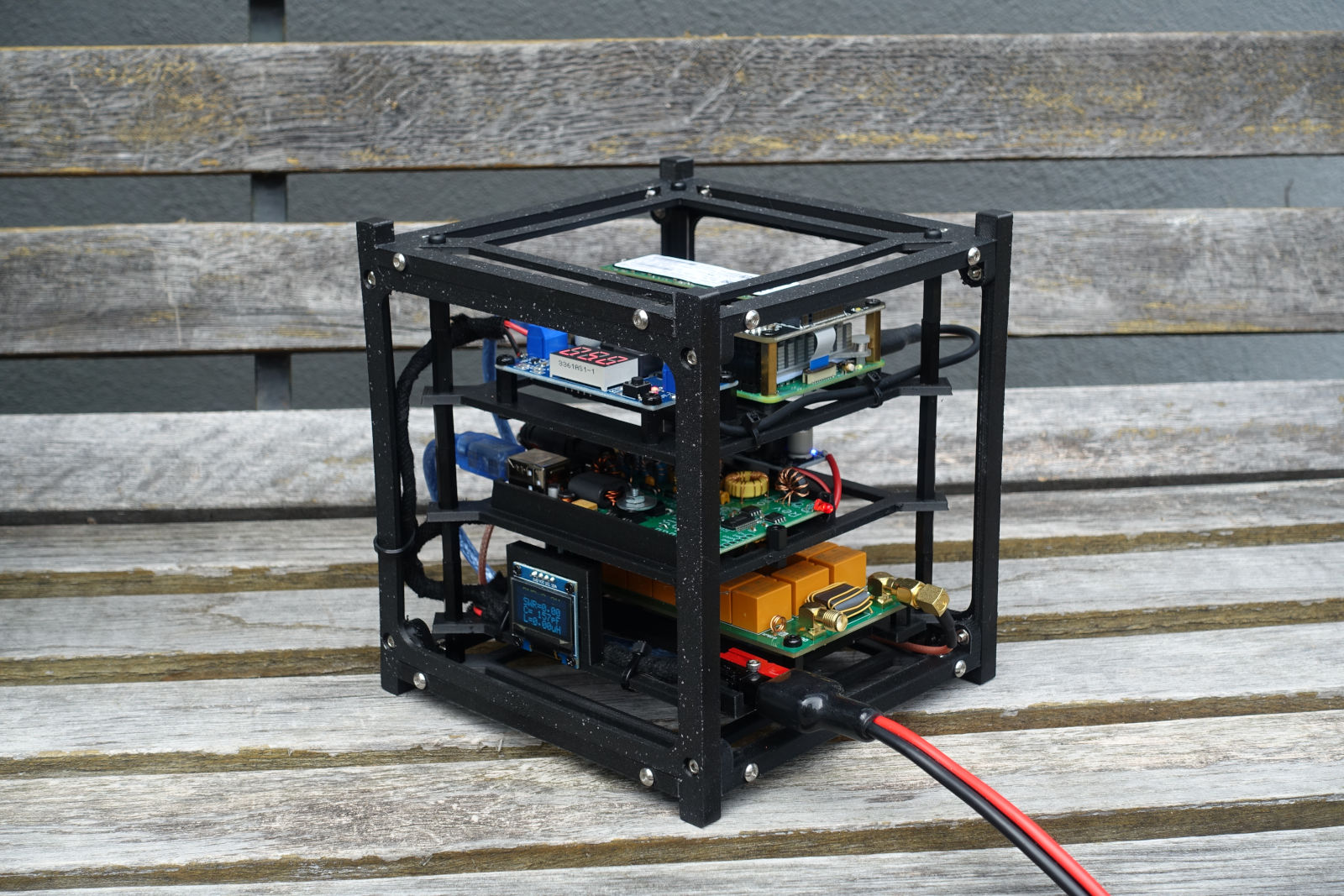 (the frame is actually dead straight, the distortion comes from the camera)
(the frame is actually dead straight, the distortion comes from the camera)